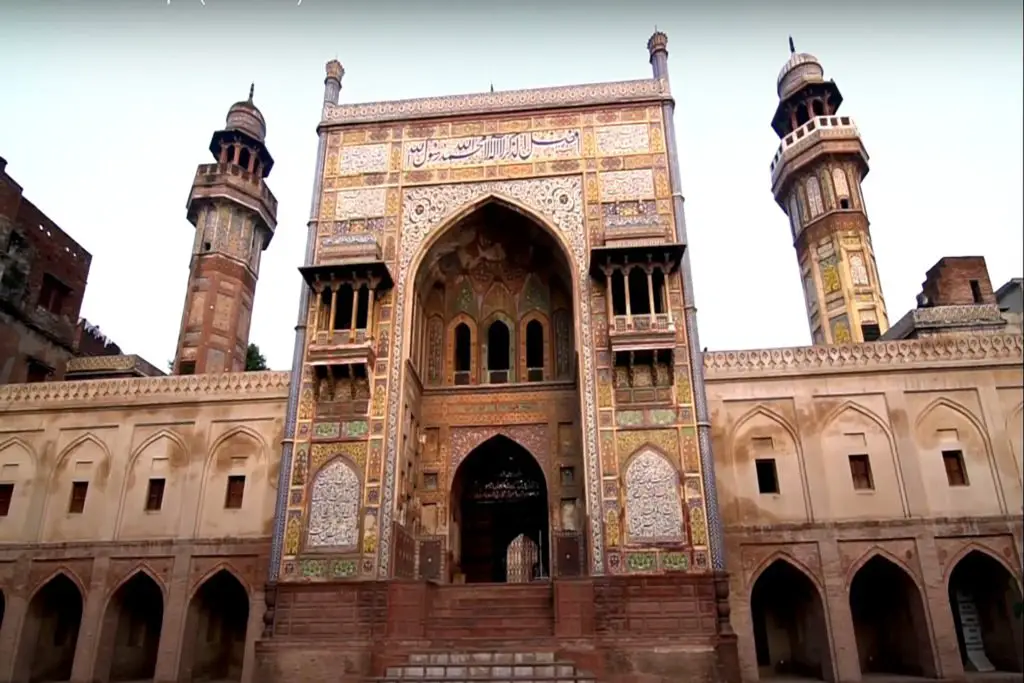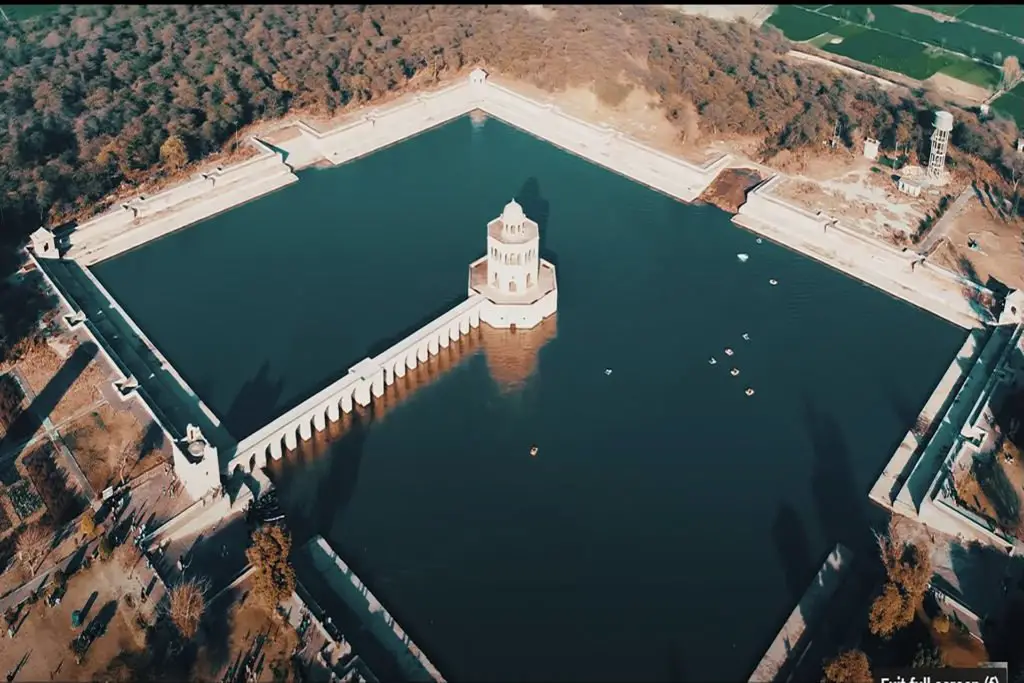The Shalimar Gardens Lahore also called Shalimar Bagh is a Mughal garden complex located in Lahore Punjab, Pakistan’s largest Province. Shalimar Gardens dates back to the time when the Mughal Empire was at the forefront of art and beauty, and it is now one of the most popular tourist attractions in Pakistan.
The Gardens of Shalimar are set up as a garden of a Persian paradise aimed at creating an image of an earthly Utopia where people sit together in perfect harmony with all aspects of nature. In 1981, Shalimar Gardens was listed as a UNESCO World Heritage Site.
Lahore, a city once located in the historic region of the Mughal Empire, is often referred to as the ‘Garden City’ because of its large number of parks, gardens, and picnic areas. While this historic city deserves its name, few of its gardens of the Mughal period were able to survive the various empires that came after the fall of the great empire and later, the partition.
Even fewer gardens were preserved as monuments to the cultural significance of this bustling metropolis. Fortunately, the beautiful gardens of Shalimar, Lahore, are among the only ones that have survived the test of time but stand proudly as the Mughal architecture and one of Pakistan’s most historic sites.
The Shalimar Gardens Shalimar Bagh Lahore
The unique building of Shalimar Gardens was built in 1641-1642. Listed among the major tourist attractions in Punjab, Shalimar Gardens in Lahore – popularly known as Shalimar Bagh – attracts a large number of local and foreign tourists throughout the year. In fact, you can’t complete your trip to Lahore without visiting this amazing garden with magnificent fountains, incredibly beautiful leaves, beautifully designed tracts, and much more.
Lahore is sometimes referred to as the city of Gardens and is a city full of Mughal history.
Intricate patterns of the Mughal Empire and attention to detail can be seen in every building made in their golden age, but the Mughals were not only masters of architecture such as Mosques and castles they also had the ability to create beautiful and peaceful gardens one of which was Shalimar Gardens. There is a reason that despite the few other prominent Mughal Capitals on the subcontinent such as Delhi, Agra, and Fatehpur Sikri have beautiful gardens only Lahore got the title ‘Garden City’ and there is no other reason other than Shalimar Gardens for this.
Mughal’s love of nature and architecture is well known to everyone so Shalimar Gardens was completed during a one-year record. This extraordinary college of nature and architectural art was completed under the direction of Khalilullah Khan, a prominent Mughal court official. The place was originally reserved for use by members of the royal family, but for the past 150 years, it has been used by local people. The community and the visitor can enjoy the experience provided by this peaceful garden.
Pictures Gallery
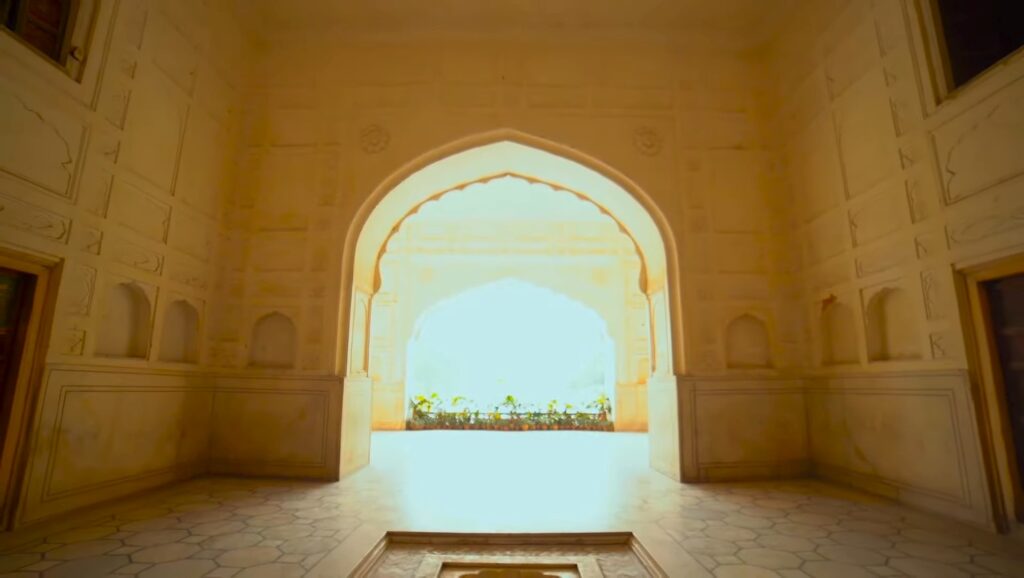
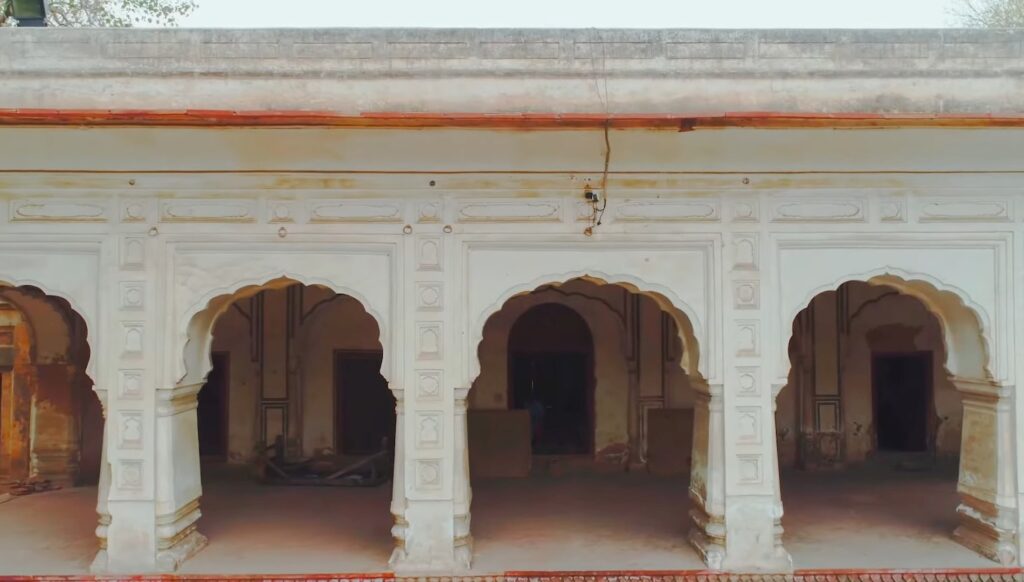
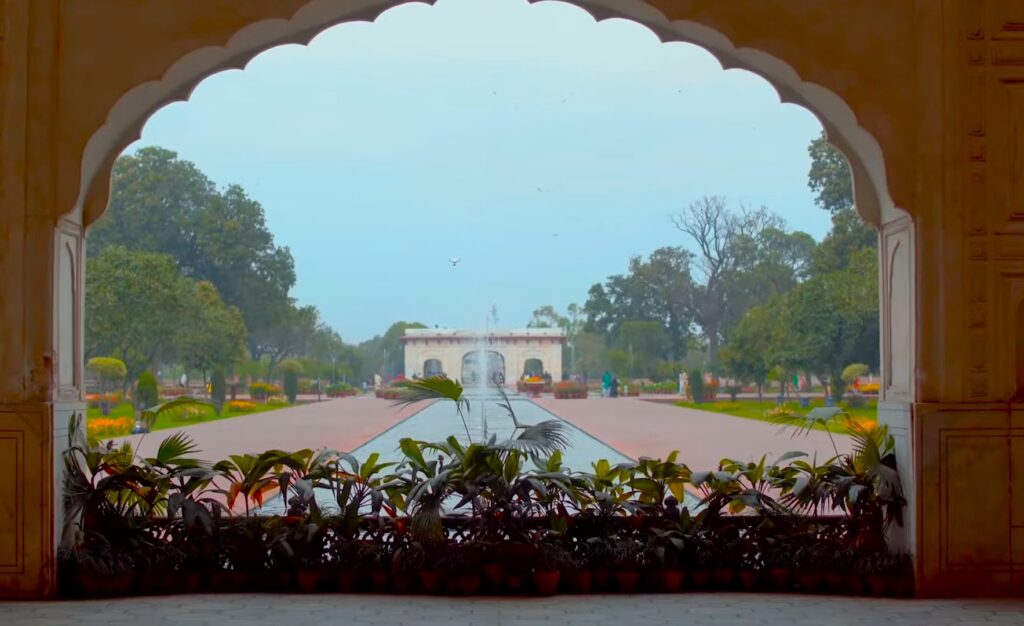
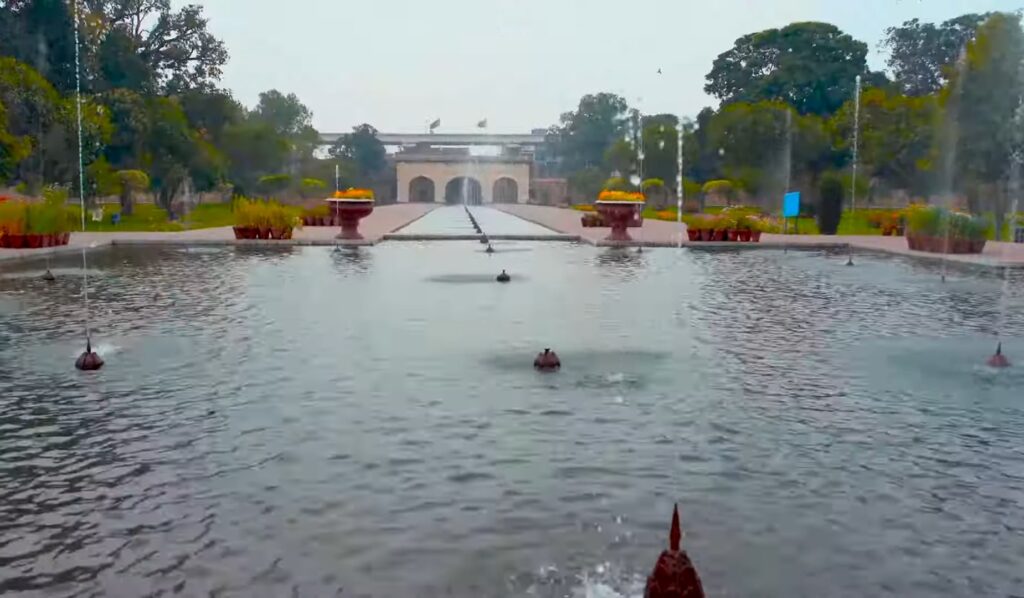

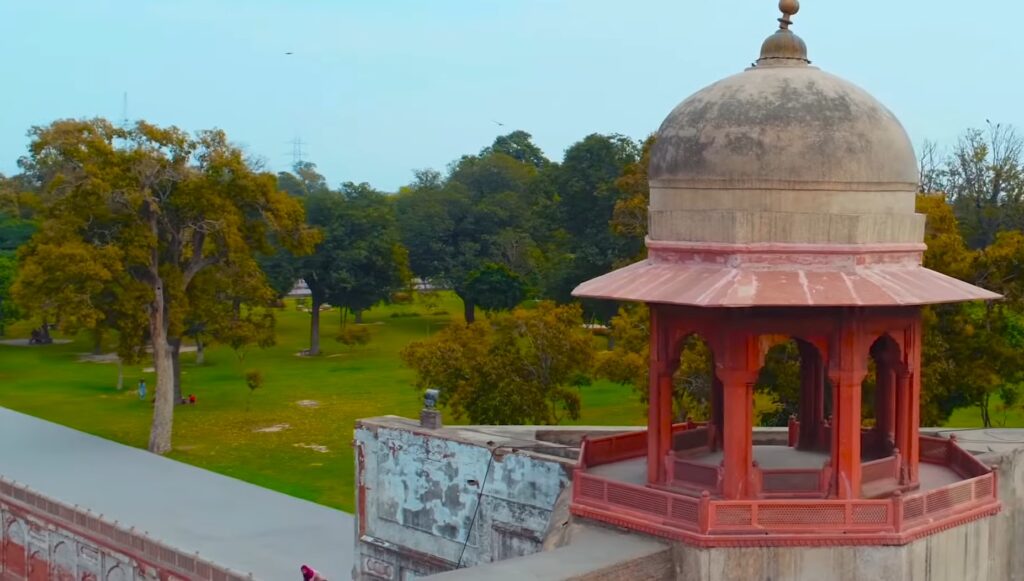
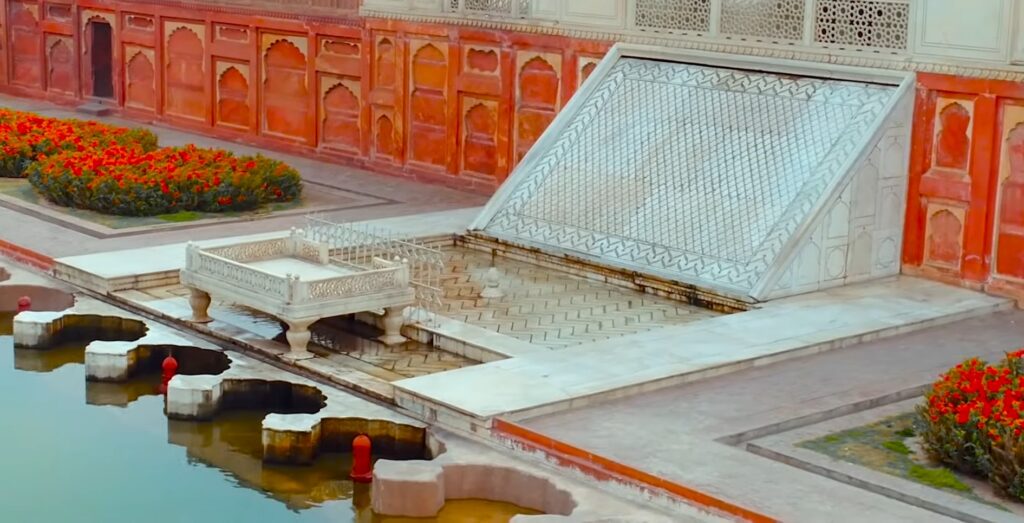
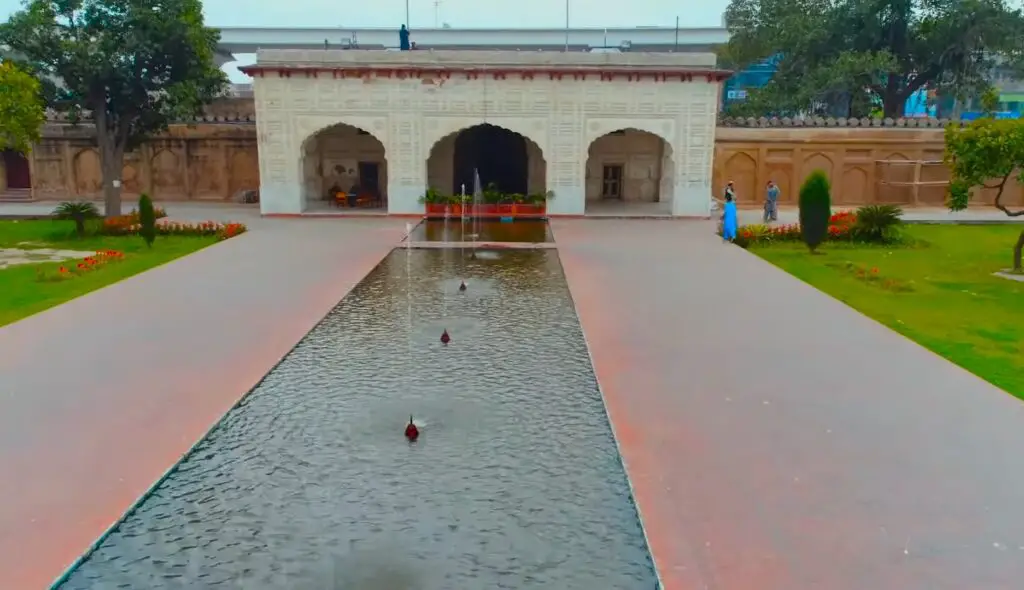
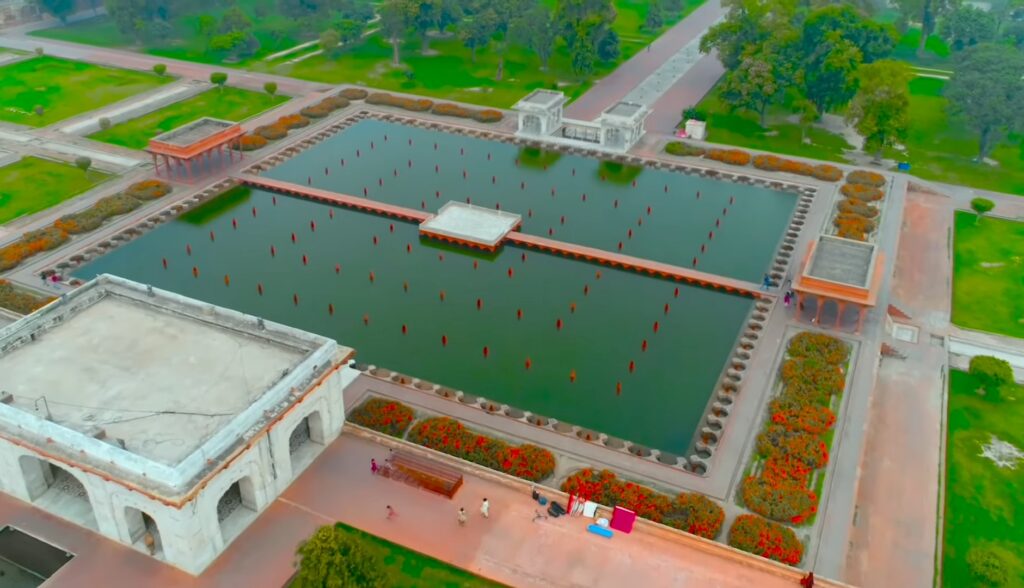
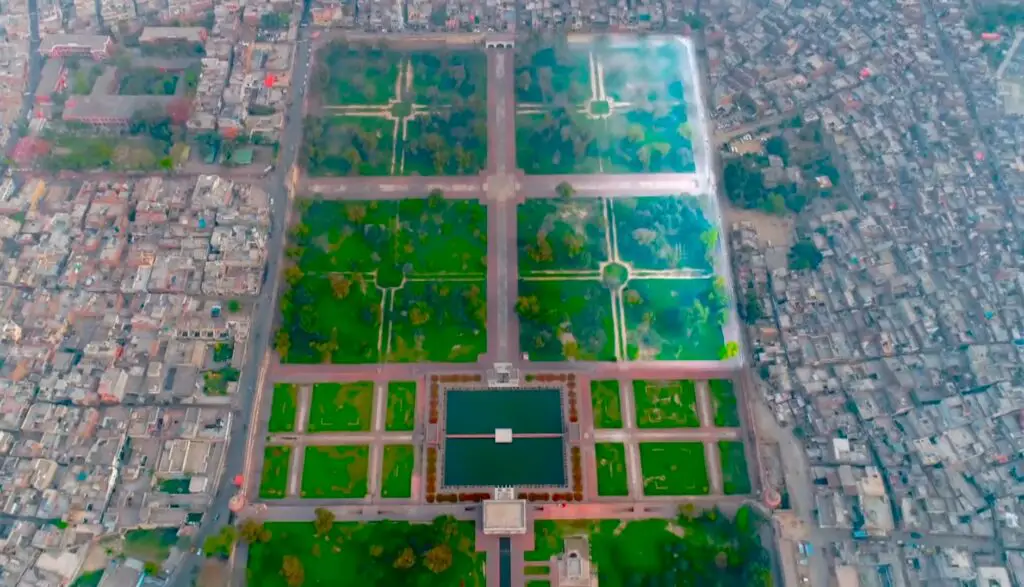
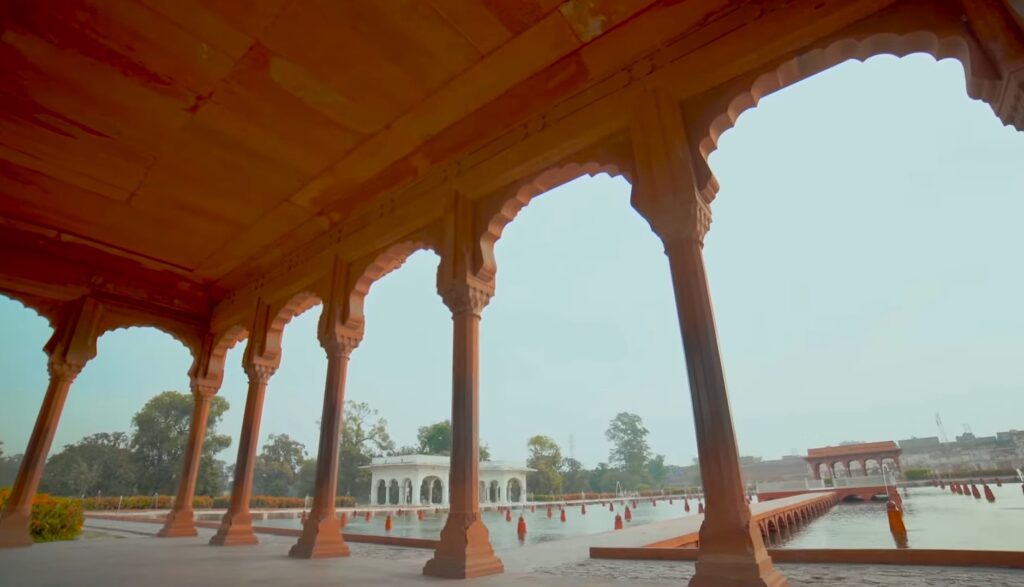
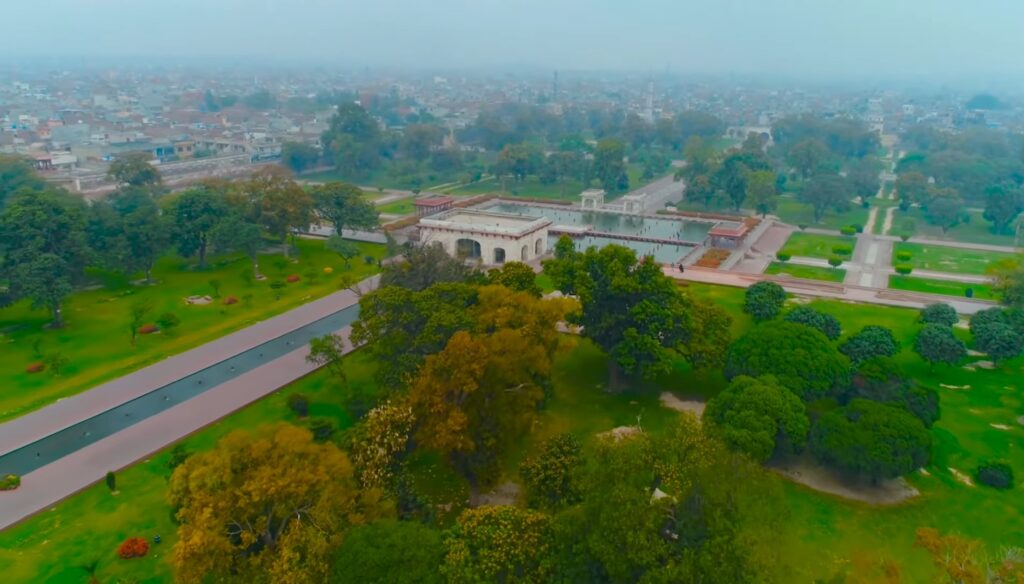
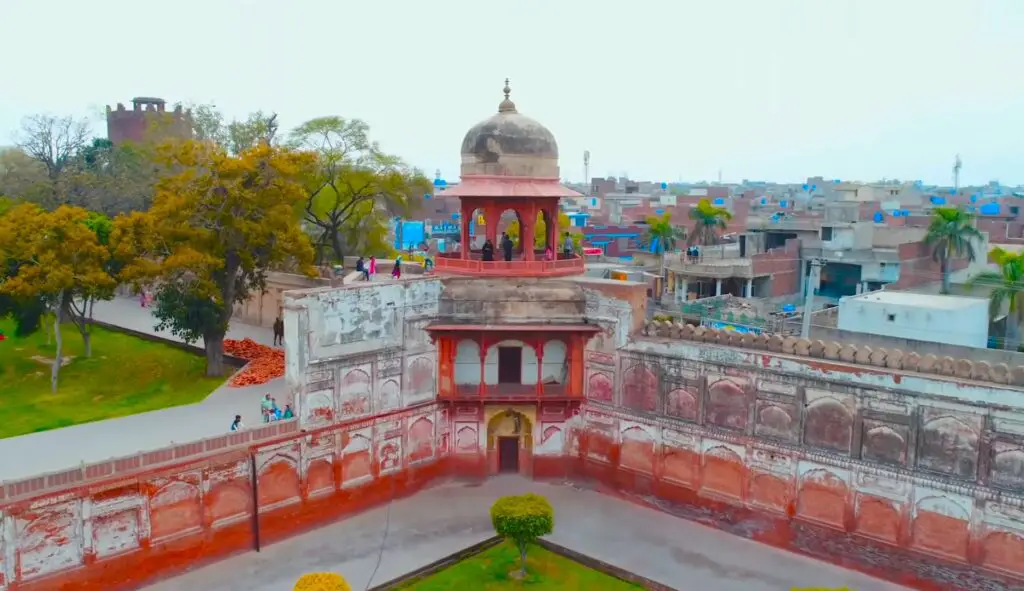
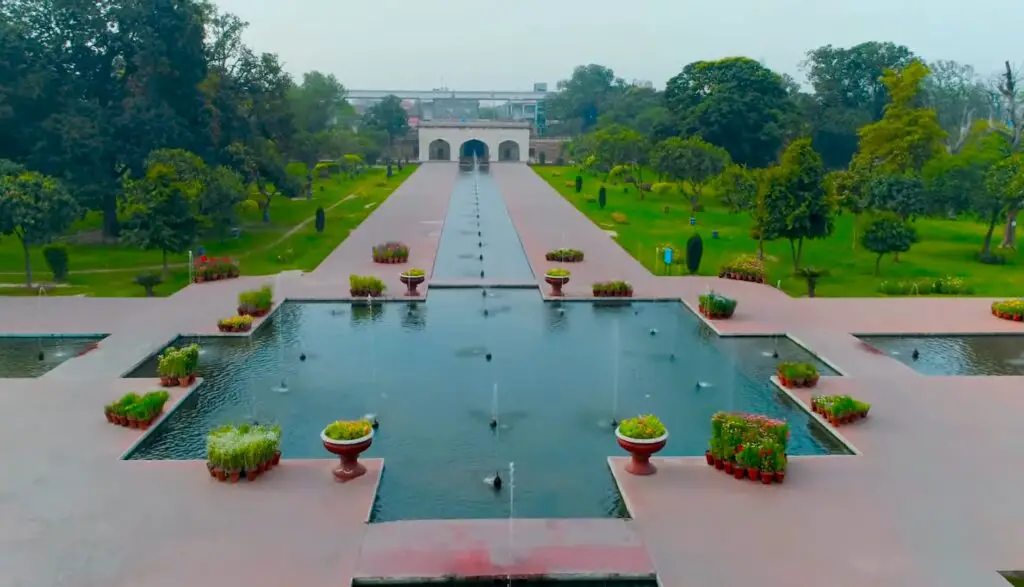
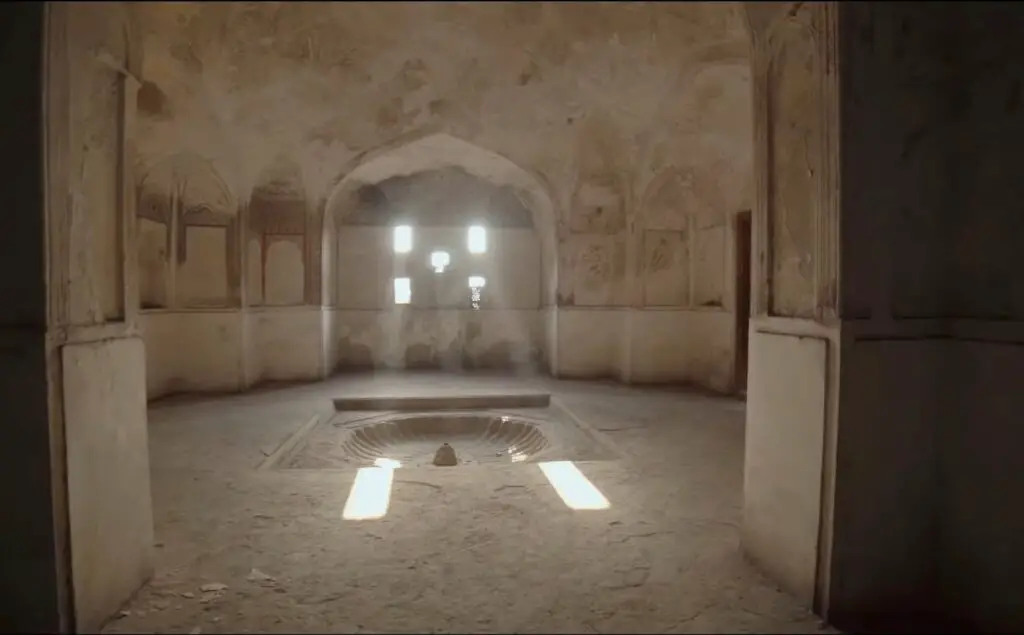
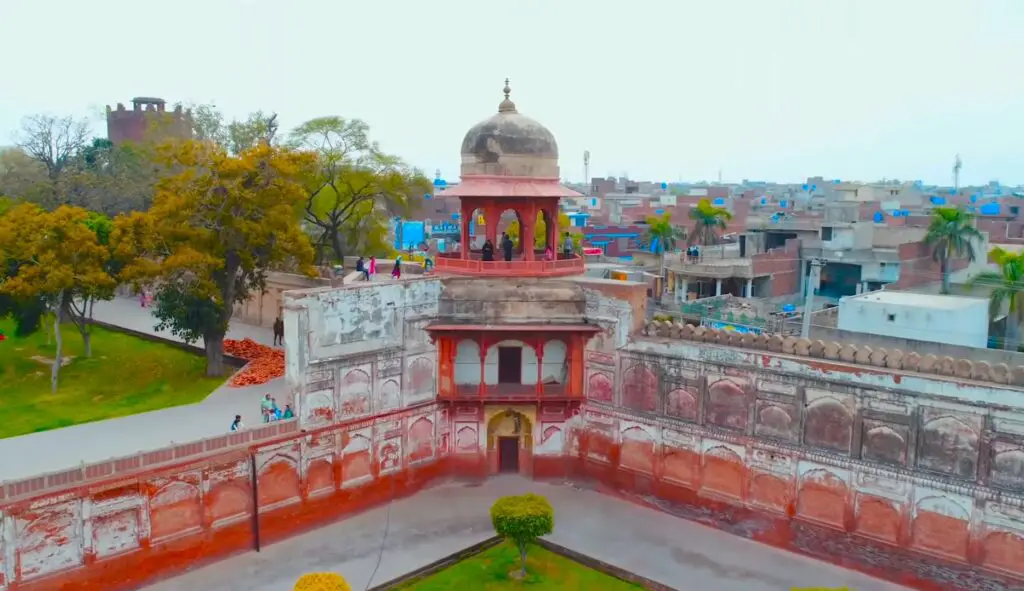

History of Shalimar Gardens Lahore
The gardens were set up as a paradise Garden in the sub-continent that provided a glimpse of an earthly paradise in which everyone could coexist with nature in perfect harmony. The trees and flowers that were planted in 1641 were about 660 feet [660 m] in height. Cypress and fruit trees were planted near the main axis of the garden as each had a special meaning for the Mughals.
Fruit trees symbolized youth and health while the Cypress trees meant eternity this theme of tree planting was an oral tradition in the magnificent Mughal era. The gardens were about seven miles from Shahi Qila (Lahore Fort) which was a symbol of beauty and strength while the gardens created a calm atmosphere due to the well-planned trees and fountains which added to the beauty and tranquility of these amazing gardens.
According to historians, the hustle and bustle of the gardens is one of the most beautiful in the Islamic world. These amazing gardens of paradise are designed to instill fear in people like the Zen gardens of Japan. The gardens of Shalimar were unique in their design.
The gardens are rectangular and have three gardens unlike those in Kashmir which had natural gardens, those in the Shalimar garden. Tracts at the end of each library were made to provide rest for the rulers and royalty who roamed the parks.
The first of these fields or the highest was called ‘Farah Baksh’ which literally means ‘the giver of happiness’ the second level or the middle garden is known as ‘Faiz Baksh’ which means ‘the giver of beauty’ in the end. The lower garden which is not very high is known as ‘Hayat Baksh’ which means ‘provider of life’. Everything is open for the public to enjoy and experience what their ancestors experienced.
There are several popular garden halls namely Aiwan and Diwan-i-Khas-o-Aam. Aiwan was a hall used by the Mughal emperors and Diwan was used to entertain the common people and any special guests. Another amazing feature of these gardens is its 410 springs, the water system.
This whole source is so amazing and advanced that engineers even today find it difficult to comprehend how the program was started. A visit to this garden is definitely a must if you are an aspiring architect. The entire library had a number of resources to keep people cool and give them a cool feeling on a hot summer day.
Since the lower terrace has the coldest water it has 153 water springs and the middle one has 152 wells at the end the highest table has only 105 springs because it is considered cool. Other buildings to be mentioned in the gardens were Shahi Hammam (royal bath) and Aramgah (rest area).
Tracts were made to enjoy the springs during the summer. You may not be able to enjoy the gardens in the same way as the Mughals but as you visit the area you will surely feel the tranquility they all experienced.
Restoration of Shalimar Gardens
The Shalimar Gardens have seen many restoration plans because they were thought to have been damaged during the fighting between Moin-UL-Mulk and Ahmad Shah. The restoration of the parks began but was not done with proper research until recently.
Anyone who wants to see the most beautiful and awesome Islamic gardens that are well preserved should visit Shalimar Gardens and see the beauty of the Mughals and their architectural and engineering skills. You would not have the full experience of ‘Lahore’ if you failed to visit its famous Shalimar Gardens.
You can visit Shalimar Gardens in Lahore between 8:00 AM and 6:00 PM any day of the week.
Shalimar Bagh Built By:
The wide area of Shalimar Gardens was built by Mughal Emperor Shah Jahan. His inspiration for creating this magnificent garden came from Shalimar’s original garden in Kashmir, built by his father, Governor Jahangir, in 1620 in the backyard of a snowcapped peak. Since Kashmir was far from the capital of the Mughal Empire, Shah Jahan wanted a similar territory built in Lahore to please the royal family and the local nobles.
According to historians, the catastrophic floods in Lahore sometime between 1620 and 1630, exposed the valley plain at the mouth of the Ravi River. Due to the land and fertile land, this area was introduced as an ideal place to build a royal garden. Although it was almost a day’s journey from Lahore Fort at the time, it was widely selected as the ideal location for Shalimar Gardens due to its stable water availability.
Construction of the Shalimar Gardens in Lahore began in June 1641. Since the site was very different from the Kashmiri area, it took a team of engineers and architects about 18 months to build a three-story garden with artificial water, ponds, and springs. and accommodations.
Shalimar Bagh’s homeland originally belonged to the Arain Mian family. The head of the family, Mian Muhammad Yusuf, had given the emperor land to build a royal garden. When completed, however, Shah Jahan made the Arain Mian family the custodians of the building. Shalimar Gardens remained under preservation for over 350 years.
After the fall of the Mughal Empire on the continent, Shalimar Gardens was also destroyed and severely damaged. The marble used in the garden was looted and its expensive gates were stolen.
In 1806, Shalimar Gardens was renovated by the then Maharaja. After the liberation of Pakistan in 1947, the garden remained one of the most famous historical sites to visit in Lahore. It was also the site of the annual Mela Chiraghan festival, which closed in 1958. Four years later, General Ayub Khan made Shalimar Bagh a nation, ending the preservation of the Arain Mian Family.
In 1981, Shalimar Gardens, along with Lahore Fort, was listed as a UNESCO World Heritage Site in Pakistan.
The charming Shalimar Gardens has three amazing sites that tell the story of the imagination and the establishment of royal artisans, engineers, architects, horticulturists, and hydrologists working under the Mughal Emperor Shah Jahan. Each of these three decks is cleverly built on a terrace and is 13 to 15 feet [13 to 15 m] high.
Although the upper and lower shelves are square, the middle one looks like a small rectangle. All three levels of Shalimar Bagh are lined with lush green grass, beautiful flower beds, and beautiful fountains. The historic site, which covers an area of about 16 hectares, also has more complex water resources than any Mughal period garden in the sub-continent.
The design of these magnificent gardens reminds us of the ancient Timurid gardens that were built between the 14th and 16th centuries in what is now Central Asia. Similar to those beautiful gardens, all three fields in Shalimar Bagh are divided into several sections using springs.
In addition, each section is surrounded by high brick roads that give visitors a spectacular view of the greenery and intricate structures below. Fresh water flows over a large marble road that enters the central area before accumulating in a large pool below the living area. There are four other flowing water in the garden too, which adds to its charm and serenity.
The highest level of the beautiful garden building is called Farah Bakhsh, which is translated as ‘Giver of Happiness’. The plateau was used to house the Emperor’s Harm. The middle level was known as Faiz Bakhsh, meaning ‘Giver of Beauty’ and was reserved for the king himself. The lowest library has the name Hayat Bakhsh, meaning ‘Giver of Life.’ It was open to officials and, occasionally, to the public. The main entrance to Shalimar Gardens passed this level.
There are 410 springs in Shalimar Garden, making the site a marvel of engineering and architecture. The highest level has 105 wells, with 152 houses in the middle, and the lowest floor with 153 wells.
Aside from its dense foliage and intricate water activities, the Lahore garden also features impressive architectural features of the Mughal sign. Some of the most notable buildings within Shalimar Gardens include the Baradaries built by the emperor and his officials to enjoy the cooling of the springs, the beautiful landscapes of Sawan Bhadun, Naqar Khana, Aiwan, Aramgah, Khwabgah, and Diwan-e-Khas-o-Aam, among others.
To date, Shalimar Bagh tops the list of historical sites in Lahore and remains full year-round. So, whether you are a lover of history or you enjoy nature, be sure to add this historic garden to your list of tourist attractions in Punjab.

